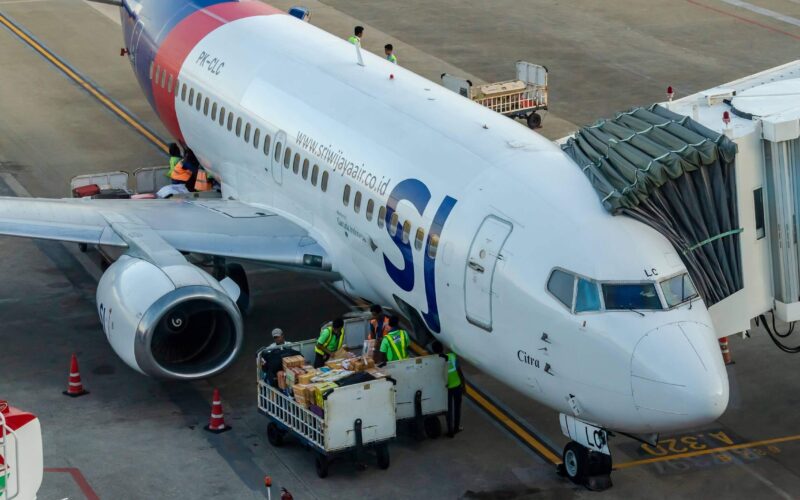The crash of the Sriwijaya Air Boeing 737 in January 2021 could be due to a thrust imbalance caused by an autothrottle malfunction, according to a preliminary report by Indonesia’s National Transportation Safety Committee (KNKT).
In their preliminary report, the investigators said that following takeoff, the thrust in the plane’s left engine decreased while the right engine remained unaffected. At about 10,900 feet, “the autopilot system disengaged […] and the aircraft rolled to the left”, the report read. The thrust imbalance deepened as the lever position of the left engine decreased while the right lever remained unaffected. The autothrottle system disengaged about 20 seconds before the Flight Data Recorder stopped recording.
The investigation also found that days before the crash, on January 3 and 4, 2021, “autothrottle was unserviceable” at least twice, leading to a rectification on January 5, 2021. Additionally, a flight crew member operating the aircraft a month prior had reported a malfunction in the first officer’s Mach/Airspeed Indicator, which was subsequently replaced.
In a parliamentary hearing on February 3, 2021, the Chairman of the KNKT Soerjanto Tjahjono had reported that both engines were still running as the aircraft hit the Java Sea.
What happened?
On January 9, 2021, the Boeing 737, registered PK-CLC, took off from Jakarta Soekarno Hatta International Airport (CGK) to carry out flight SJ182 to Pontianak Supadio Airport (PNK), Indonesia on January 9, 2021. The aircraft was carrying 62 people, including two pilots, four flight attendants, 50 passengers, and six crew members traveling as passengers.
Approximately five minutes after takeoff, as it was flying over the Java Sea near Laki Island, the aircraft lost altitude and plunged 10,000 feet in less than a minute. The flight crew did not declare an emergency and did not report any technical problems before the Boeing 737 disappeared from radars. Initial findings showed that a malfunctioning automatic throttle could have had an impact on the loss of control of the aircraft.

